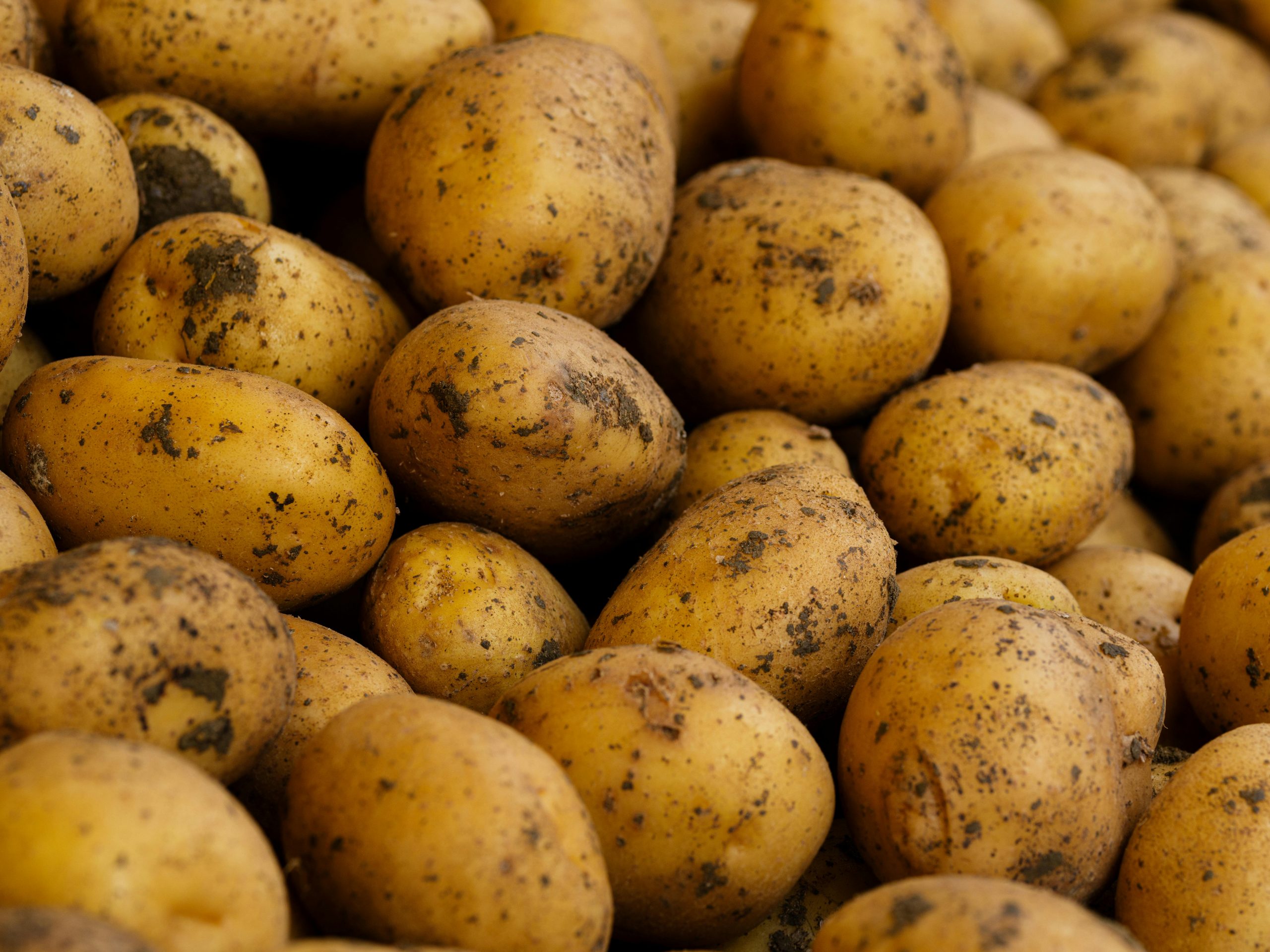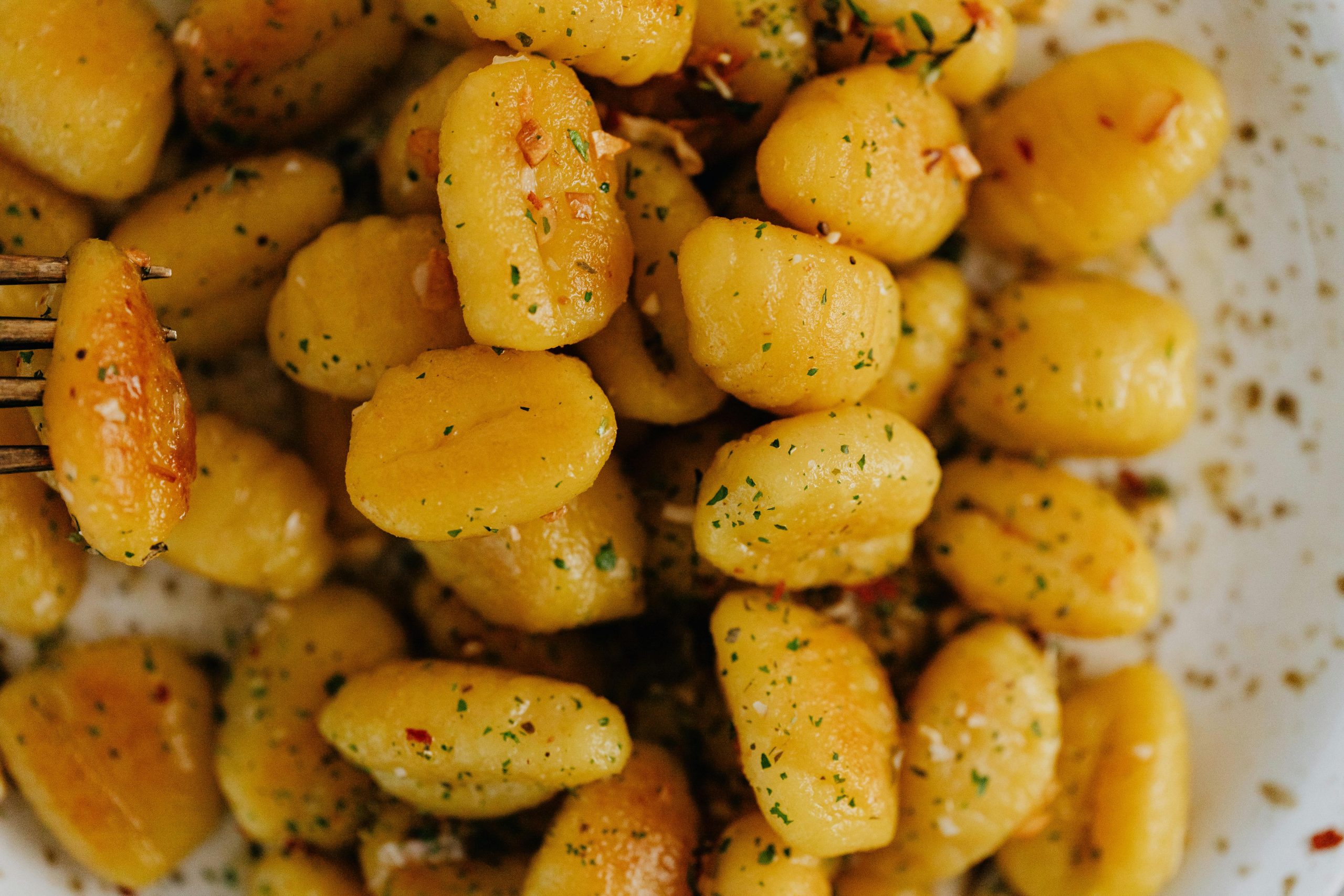Potatoes are one of the most versatile and affordable staples in any kitchen. Whether you love them mashed, roasted, or fried, keeping them fresh is key to maintaining their flavor and texture. However, because potatoes are root vegetables, they can spoil if stored improperly or kept for too long.
Knowing how to tell if potatoes are bad can help you avoid unpleasant odors, wasted food, and even potential health risks. In this guide, you’ll learn what spoiled potatoes look, smell, and feel like, plus how to store them properly to extend their shelf life.
1. Visual Signs Your Potatoes Have Gone Bad

The easiest way to determine whether a potato has spoiled is by its appearance. Fresh potatoes should look smooth, firm, and blemish-free. When they start to go bad, you’ll notice visible changes that indicate deterioration.
Common Visual Signs of Spoilage:
- Sprouting: Small sprouts or “eyes” are common when potatoes are stored too long. You can remove minor sprouts before cooking, but if sprouting is excessive and the potato feels soft or wrinkled, it’s time to discard it.
- Wrinkles and Shriveling: Dehydrated potatoes lose firmness and develop wrinkled, rubbery skin. This means the moisture has evaporated, signaling the potato is past its prime.
- Green Skin: A greenish tint indicates exposure to light, which causes the buildup of solanine, a natural toxin. Eating green potatoes can lead to stomach discomfort or nausea. It’s safest to toss heavily green potatoes rather than risk illness.
- Mold or Dark Spots: Mold growth, black areas, or soft brown patches mean decay has started. Cut off small blemishes if the rest of the potato is firm, but discard any that show widespread discoloration.
2. Smell: The Most Telltale Indicator
Your nose is one of the best tools for detecting spoiled potatoes. A strong, unpleasant odor is a clear warning sign.
What to Watch (or Smell) For:
- Fresh potatoes should have a mild, earthy scent.
- Spoiled potatoes often smell sour, musty, or rotten — similar to decay or mildew.
- If your stored potatoes emit a foul odor that spreads to nearby produce, remove and discard them immediately.
Bad potatoes not only smell terrible but can also contaminate surrounding foods in your pantry, so it’s best to isolate and throw them out promptly.
3. Texture: Feel the Potato for Clues
When you pick up a potato, its texture can tell you a lot about its freshness.
Here’s What Different Textures Mean:
- Firm and Dense: Perfectly fresh potatoes should feel hard and solid to the touch.
- Soft or Mushy: A soft or squishy feel indicates the potato is breaking down and should be discarded.
- Slimy or Wet: Moisture or slime on the surface is a major red flag — bacteria and rot have set in.
- Spongy or Hollow: Potatoes that feel light or hollow inside have lost too much moisture and are no longer good for cooking.
If you cut into a potato and see black or gray streaks, that’s internal rot — it’s time to toss it out.
4. Taste: The Last Resort

If you’ve already cooked your potatoes and you’re unsure whether they were good, taste should be your final check.
- A fresh potato will taste earthy and mild.
- Spoiled potatoes taste bitter, sour, or metallic.
If your cooked potatoes taste “off” in any way, spit them out immediately and don’t swallow. Eating spoiled potatoes can lead to food poisoning symptoms like nausea, vomiting, or stomach cramps.
5. Health Risks of Eating Bad Potatoes
Eating rotten or green potatoes can make you sick due to solanine and other toxins that form as the vegetable spoils.
Possible Health Symptoms Include:
- Nausea and vomiting
- Diarrhea or abdominal pain
- Headaches or dizziness
- Fatigue or confusion in severe cases
If you experience symptoms after eating suspect potatoes, stay hydrated and consult a healthcare provider, especially if the effects are strong or persistent.
6. Can Old Potatoes Be Saved?
In some cases, slightly aged potatoes can still be used — as long as there are no signs of spoilage.
You Can Still Use Potatoes That Are:
- Sprouting lightly (just cut off the sprouts and any eyes).
- Wrinkled but firm (use soon for mashed or baked dishes).
- Discolored slightly on the surface (trim away dark spots).
However, if the potato is soft, moldy, smelly, or green, it’s better to err on the side of caution and throw it out.
How to Store Potatoes to Keep Them Fresh
Proper storage is the key to keeping potatoes fresh longer. Since they are sensitive to light, temperature, and moisture, the right environment makes all the difference.
Best Storage Practices:
- Store in a Cool, Dark Place: Keep potatoes at around 45–55°F in a pantry or basement. Avoid the refrigerator — cold temps can turn starch into sugar, affecting flavor and texture.
- Use a Breathable Container: Mesh bags, paper bags, or open baskets allow airflow and reduce moisture buildup that can cause rot.
- Keep Away from Onions: Storing onions and potatoes together speeds up spoilage due to gases released by both vegetables.
- Inspect Regularly: Check your potatoes weekly and remove any that are soft or sprouting to prevent others from spoiling.
How Long Do Potatoes Last?
The shelf life of potatoes depends on the type and where they’re stored.
| Storage Location | Shelf Life (Approximate) |
| Pantry (cool, dark place) | 3–5 weeks |
| Refrigerator | Up to 2 months (but flavor changes) |
| Cooked potatoes (refrigerated) | 3–4 days |
| Freezer (mashed or cooked) | Up to 1 year |
Remember, these are general estimates. Always rely on sight, smell, and touch to confirm freshness before cooking.
What About Eating Raw Potatoes?
Some people wonder if they can eat potatoes that haven’t been cooked yet. While raw potatoes are not technically poisonous, they can be tough on digestion and may contain higher levels of solanine. Cooking neutralizes these toxins and improves both flavor and safety.
If you’ve ever wondered, can you eat raw potatoes? — the short answer is no, it’s best to cook them first. Cooking reduces the risk of solanine poisoning and makes the potato’s starch easier to digest.
Tips for Reducing Potato Waste
To make the most of your potatoes while avoiding spoilage, follow these practical storage and usage habits:
- Buy only what you need: Avoid buying large bags unless you use potatoes frequently.
- Rotate your stock: Keep older potatoes at the front of your storage area to use them first.
- Freeze leftovers: Mashed or cooked potatoes freeze well for months.
- Compost unusable ones: Don’t throw them in the trash — spoiled potatoes can be composted safely if you have a home garden.
Final Thoughts
Learning how to know if potatoes are bad helps you stay safe and minimize food waste. Watch for signs like sprouting, green spots, mold, or unpleasant odors — these are sure indicators that your potatoes are no longer fresh.
With proper storage and a quick visual and smell test, you can enjoy fresh, flavorful potatoes in your meals and avoid the risks of eating spoiled or unsafe produce. Remember: when in doubt, throw it out.